SiSoft Sandra:
We love to use SiSoft as it provides a wide barrage of benchmarks for a particular system
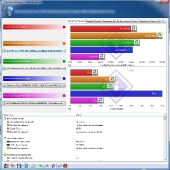 |
 |
||
| Cache and Memory – 255 | Cache and Memory – 260 |
The cache and memory test helps benchmark the on board cache of the processor. We can see that the 255 has a cache and memory bandwidth of 26.24 GB/s while the 260 weighs in at 28.36 GB/s.
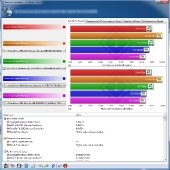 |
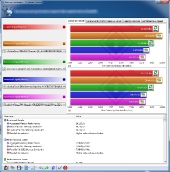 |
||
| Memory Bandwidth – 255 | Memory Bandwidth – 260 |
For the memory bandwidth benchmark, the 255 scores an aggregate memory performance of 9.45 GB/s while the 260 scores 10.22 GB/s
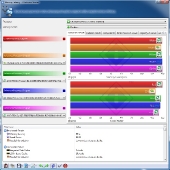 |
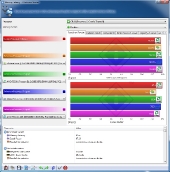 |
||
| Memory Latency – 255 | Memory Latency – 260 |
The 255 has a memory latency of 90 ns and the 260 is 82 ns. A faster chip means less latency and better performance.
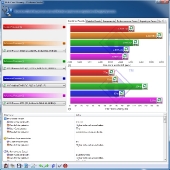 |
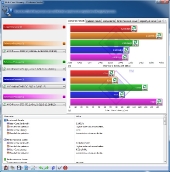 |
||
| Multi-Core Efficiency – 255 | Multi-Core Efficiency – 260 |
There isn’t too much difference in efficiency as they are almost the same chip. The 255 scores 3.1 GB/s while the 260 scores 3.24 GB/s.
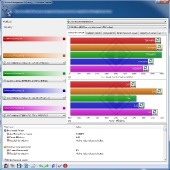 |
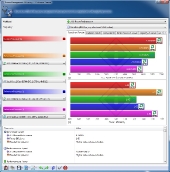 |
||
| Power Management Efficiency – 255 | Power Management Efficiency – 260 |
The power management efficiency is measured in MIPS or millions of instructions per second. The 255 performs at 7642 MIPS and the 260 at 8386 MIPS.
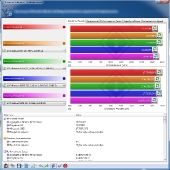 |
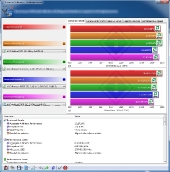 |
||
| Processor Arithmetic – 255 | Processor Arithmetic – 260 |
The processor arithmetic benchmark is used to determine how well a processor can handle arithmetic instruction. The 255 scores an aggregate performance of 19.65 GOPS while the 260 scores 20.29 GOPS.
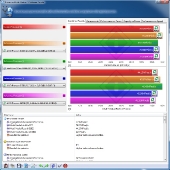 |
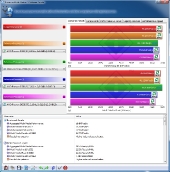 |
||
| Processor Multi-Media – 255 | Processor Multi-Media – 260 |
This benchmarks is supposed to gauge the expected performance in multimedia applications. The 255 has an aggregate performance of 57.5 MPixels/s and the 260 has 59.4 MPixels/s, owing the win the its faster clock speed.

it was very interesting to read http://www.techwarelabs.com
I want to quote your post in my blog. It can?
And you et an account on Twitter?